In recent years, houseplants have evolved from simple home décor to treasured collectibles. Beyond their aesthetic appeal and air-purifying qualities, rare and unusual houseplants have captured the attention of plant enthusiasts worldwide. Collectors are drawn to their exotic foliage, unique growth habits, and the thrill of owning something extraordinary that few others possess.
If you’ve ever admired a striking variegated Monstera or a jewel-toned Calathea and wondered how to start your own collection, this guide is for you. Here’s everything you need to know to start, grow, and care for a rare and unusual houseplant collection — right from choosing the right plants to maintaining their beauty for years.
1. Why Collect Rare and Unusual Houseplants?
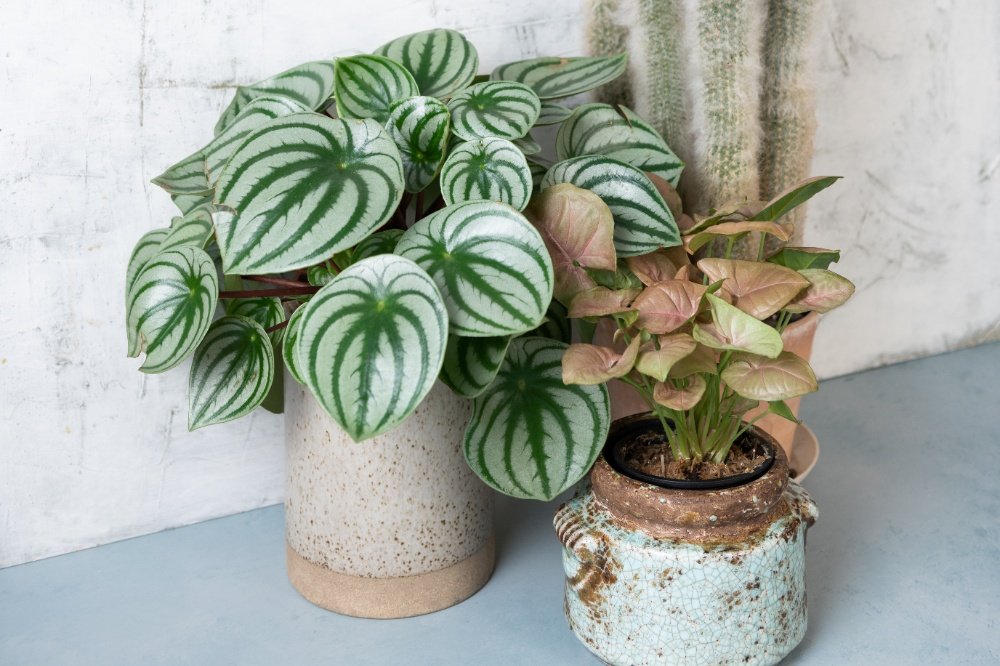
Building a collection of rare plants isn’t just a hobby — it’s a creative, rewarding pursuit that connects you to nature in a deeply personal way. Here’s why so many people are embracing plant collecting:
- Aesthetic diversity: Rare plants feature unique colors, shapes, and patterns that elevate home décor.
- Sense of accomplishment: Caring for delicate species brings a fulfilling sense of achievement.
- Conservation value: Many collectors help preserve endangered species by propagating and sharing them.
- Mindful relaxation: Tending to plants provides stress relief and promotes mindfulness.
- Community connection: Plant collectors often exchange cuttings, tips, and knowledge with others, creating a vibrant community.
Collecting rare plants is more than owning beautiful foliage — it’s about cultivating patience, skill, and appreciation for nature’s incredible diversity.
2. Understanding What Makes a Plant Rare or Unusual
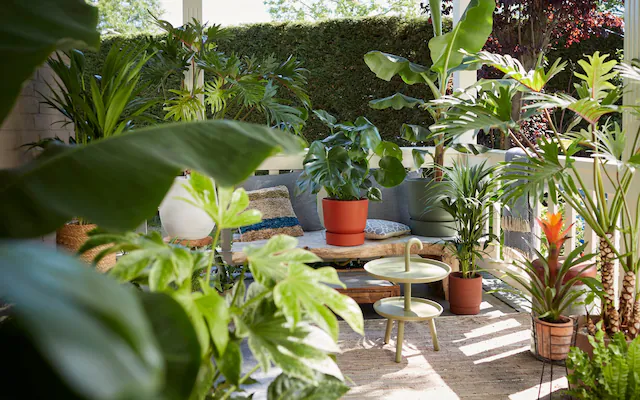
Before you start collecting, it’s essential to know what qualifies a plant as rare or unusual. Not all unique-looking plants are truly rare — some are simply uncommon in local nurseries. Here are the main factors that contribute to rarity:
- Limited natural habitat: Some species grow only in specific geographic regions or climates.
- Difficult propagation: Plants that don’t reproduce easily or take years to mature are harder to find.
- Variegation: Natural mutations that create white, pink, or yellow patterns on leaves are highly prized.
- Slow growth rate: Slow-growing species are produced in smaller quantities.
- Market demand: Certain plants become “rare” due to collector hype or limited availability.
Examples include the Monstera deliciosa ‘Albo Variegata’, Philodendron Pink Princess, Anthurium clarinervium, and Jewel Orchids (Ludisia discolor) — all admired for their stunning appearances and relative scarcity.
3. Research Before You Buy
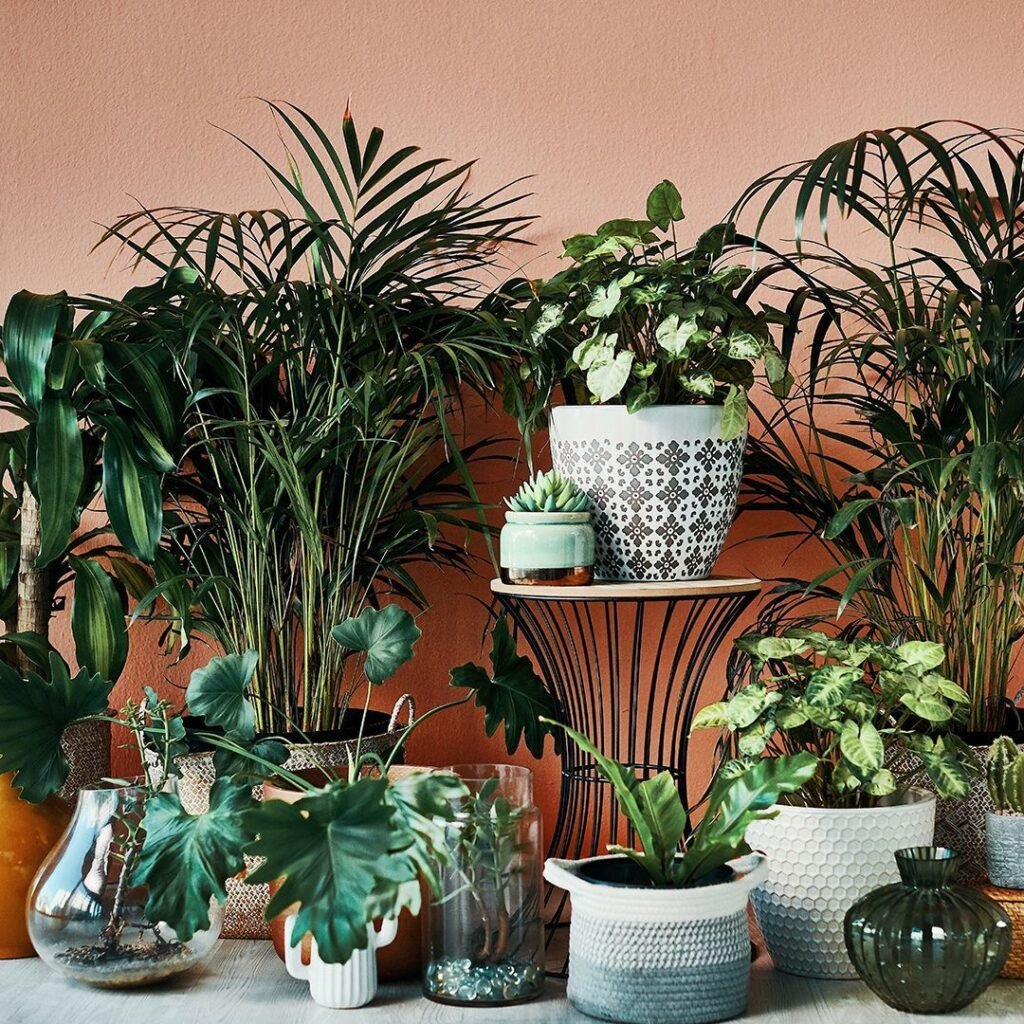
When beginning your collection, research is your best friend. Understanding a plant’s needs and rarity level prevents costly mistakes and ensures long-term success.
Here’s how to start:
- Identify reputable sources: Buy from trusted nurseries, online plant shops, or experienced collectors.
- Join plant communities: Social media groups and plant clubs often have reliable information and trading opportunities.
- Read plant care guides: Each rare species has specific light, humidity, and watering requirements.
- Check authenticity: Be cautious of mislabeled or artificially variegated plants sold at inflated prices.
Tip: Always verify plant names (scientific names, not just common names) before purchasing to avoid confusion.
4. Choosing the Right Starter Plants
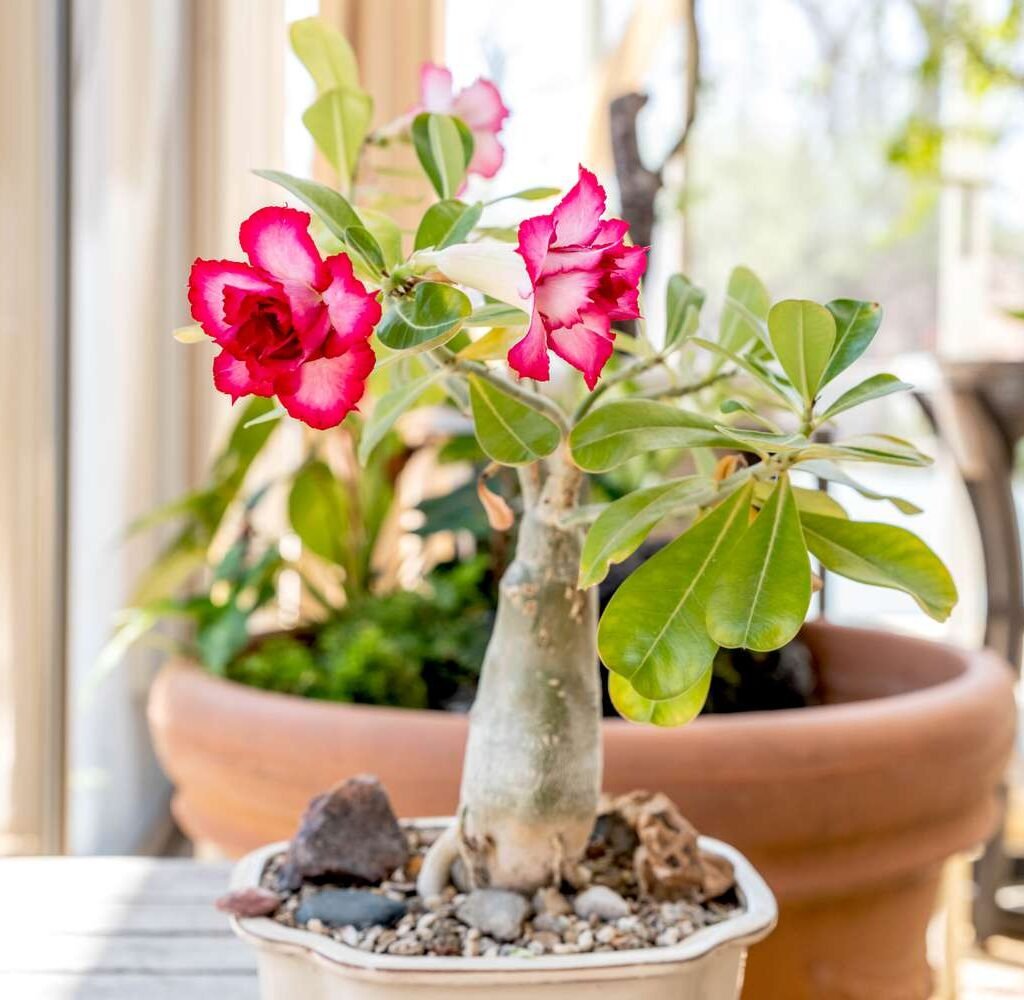
As a beginner collector, start with plants that are unique yet manageable. This helps you gain confidence before moving on to delicate or expensive species.
Recommended Starter Rare Plants:
- Philodendron Pink Princess: Known for its pink-and-green variegation and moderate care level.
- Monstera adansonii (Swiss Cheese Plant): Its perforated leaves are eye-catching and easy to maintain.
- Calathea orbifolia: Striking striped leaves; requires consistent humidity.
- Hoya kerrii (Sweetheart Plant): Heart-shaped leaves and low maintenance.
- Alocasia ‘Polly’ (African Mask Plant): Bold, glossy leaves with white veins; needs bright, indirect light.
- Anthurium clarinervium: Velvet-like leaves with silvery veins, perfect for collectors seeking elegance.
- Jewel Orchid (Ludisia discolor): Grown more for its shimmering foliage than flowers.
These plants offer both aesthetic appeal and a manageable learning curve, helping you build experience in plant care.
5. Setting Up the Perfect Growing Environment
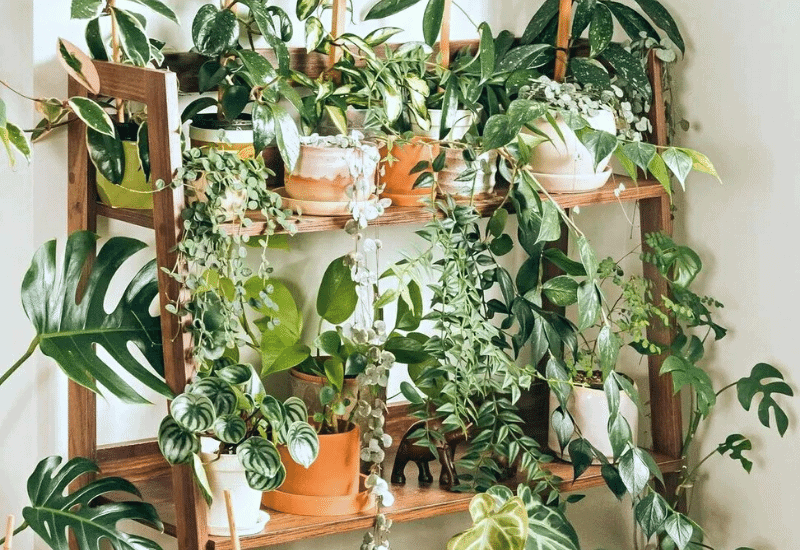
Rare houseplants thrive best when their environment mimics their natural habitats. Most tropical and exotic plants prefer warm temperatures, bright indirect light, and high humidity.
Lighting:
- Place your plants near east or north-facing windows for gentle sunlight.
- Avoid harsh afternoon sun which can scorch variegated leaves.
- Use LED grow lights during low-light months for consistent growth.
Humidity:
- Maintain 50–70% humidity using a humidifier or pebble tray.
- Group plants together to create a microclimate that retains moisture.
Temperature:
- Keep between 18–27°C (65–80°F) for tropical plants.
- Avoid placing them near heaters, air conditioners, or drafty windows.
Soil and Drainage:
Use a well-draining mix suited for the specific plant type. A general tropical mix might include:
- 40% coco peat or peat moss
- 30% perlite
- 20% orchid bark
- 10% charcoal or compost
Proper drainage is essential — most rare plants are sensitive to root rot.
6. Watering and Feeding: Mastering the Balance
Watering mistakes are a common reason rare plants fail. Unlike common houseplants, many rare species are sensitive to overwatering.
- Water only when the top inch of soil feels dry.
- Use filtered or rainwater to avoid mineral build-up on leaves.
- Ensure pots have drainage holes.
Fertilizing:
Use a balanced liquid fertilizer (NPK 10-10-10 or 20-20-20) at half strength once every 2–4 weeks during the growing season (spring and summer). Avoid fertilizing during dormancy (usually winter).
Tip: Always research your specific plant’s nutrient preferences — some, like orchids and anthuriums, prefer specialized fertilizers.
7. Propagating and Expanding Your Collection
One of the joys of collecting rare plants is learning to propagate them. Propagation not only helps expand your collection but also allows you to share or trade with other enthusiasts.
Common Propagation Methods:
- Stem cuttings: Best for vining plants like Pothos, Monstera, and Philodendron.
- Leaf cuttings: Effective for succulents or Peperomia varieties.
- Division: Works well for Calatheas, Alocasias, and Snake Plants.
- Offsets or pups: Remove baby plants from parent plants like Hoyas or Haworthias.
Use sterilized tools, keep humidity high, and provide gentle light during propagation. Patience is key — rare plants may take weeks or months to root successfully.
8. Preventing Pests and Diseases
Rare plants are valuable, so protecting them from pests is essential. Common invaders include spider mites, mealybugs, aphids, and fungus gnats.
Prevention Tips:
- Inspect new plants before introducing them to your collection.
- Wipe leaves regularly with a damp cloth.
- Maintain airflow around plants to reduce fungal growth.
- Use neem oil or insecticidal soap as a natural defense.
If you notice wilting, yellowing, or sticky residue, isolate the affected plant immediately and treat it before reintegrating it into your collection.
9. Displaying Your Collection Beautifully
Your rare plants deserve a showcase that highlights their uniqueness. Create a display area that’s both functional and aesthetically pleasing.
Ideas for Display:
- Shelving units: Multi-tier shelves maximize light and visibility.
- Glass cabinets (IKEA greenhouse trend): Great for maintaining humidity for tropical species.
- Hanging planters: Perfect for trailing plants like Hoyas or Monstera adansonii.
- Plant stands: Elevate statement plants for visual impact.
- Terrariums: Ideal for moisture-loving miniatures or ferns.
Arrange plants by light and humidity needs while maintaining an artistic balance of heights, textures, and colors.
10. Building a Network and Trading with Other Collectors
Joining plant enthusiast groups or online communities helps you exchange cuttings, learn care tips, and discover new rare species. Popular platforms include:
- Facebook plant swap groups
- Reddit’s r/houseplants and r/rareplants
- Instagram plant collectors’ pages
- Local plant clubs or botanical society events
Networking not only helps you grow your collection affordably but also deepens your knowledge and passion for rare species.
11. Ethical Collecting: Protecting Nature’s Rarity
As interest in rare plants grows, ethical collecting becomes increasingly important. Avoid contributing to illegal plant poaching or overharvesting from natural habitats.
Ethical guidelines:
- Buy from verified nurseries or licensed sellers.
- Support conservation programs and cultivated sources.
- Share cuttings instead of buying wild-sourced plants.
Responsible collecting ensures the survival of endangered plants and keeps your hobby environmentally sustainable.
Conclusion: Cultivating Beauty, Patience, and Purpose
Starting a collection of rare and unusual houseplants is both a journey and a joy. It teaches patience, discipline, and care — qualities that extend beyond gardening into everyday life. As your collection grows, so does your understanding of nature’s artistry and resilience.
From the soft velvet leaves of an Anthurium clarinervium to the pink tones of a Philodendron Pink Princess, every rare plant tells a story — one of survival, adaptation, and beauty.
Nurture them with consistency, respect their uniqueness, and your home will soon become a living gallery of rare botanical treasures — each leaf a symbol of growth, prosperity, and passion.
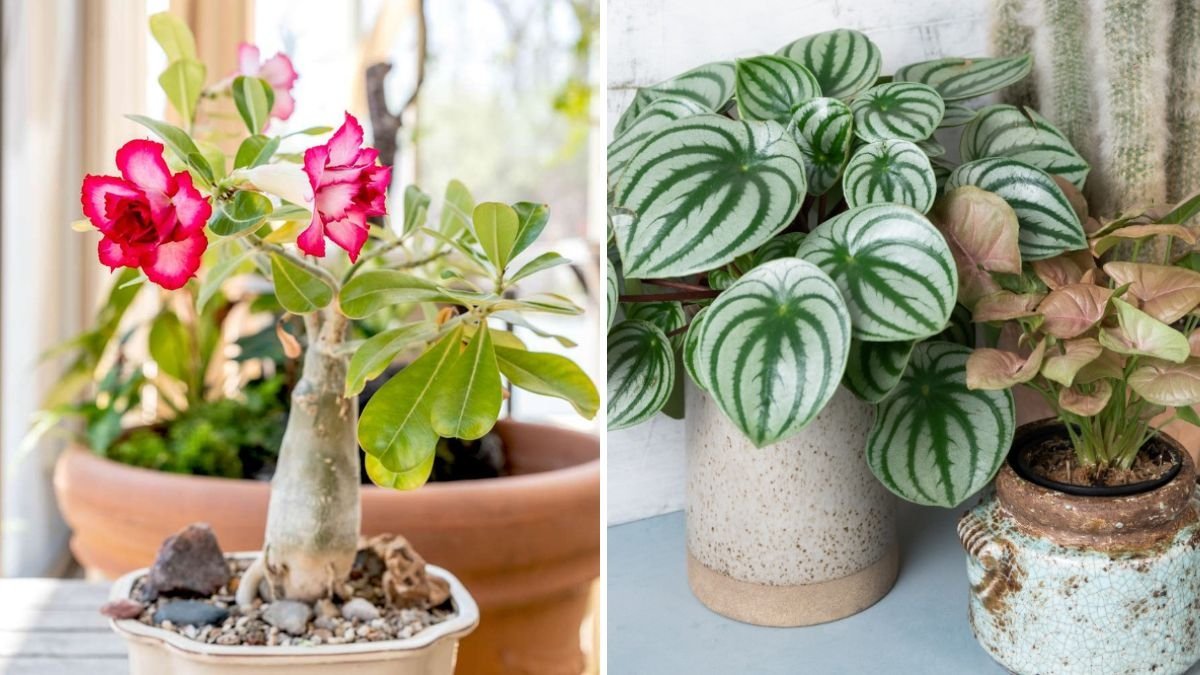




Leave A Comment